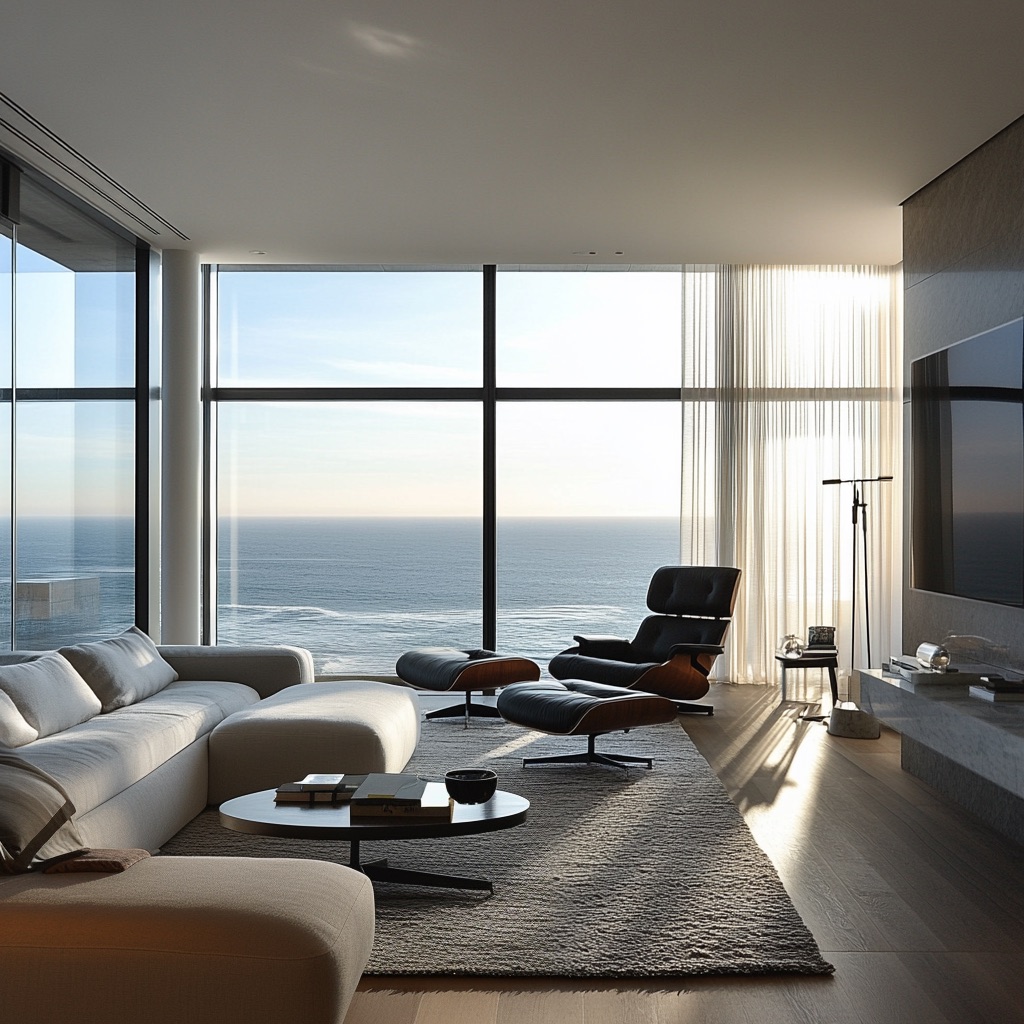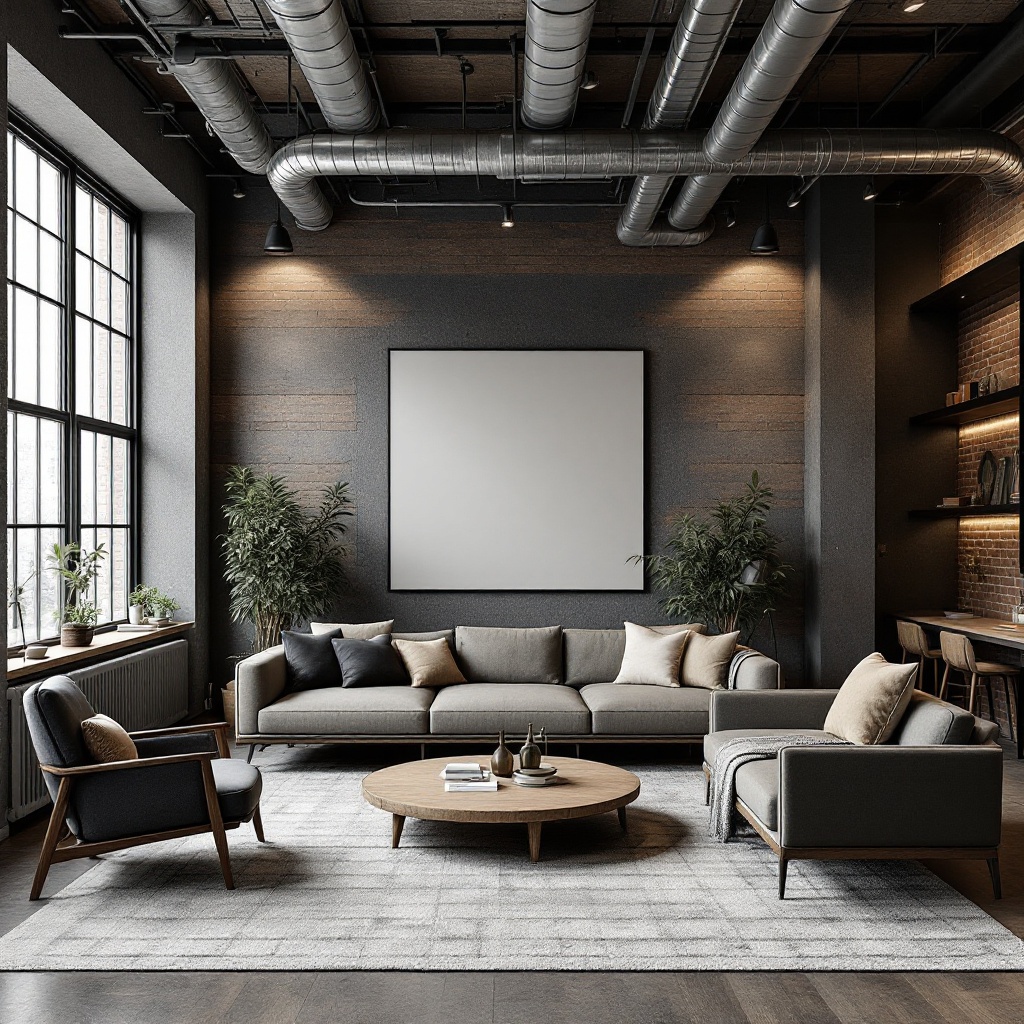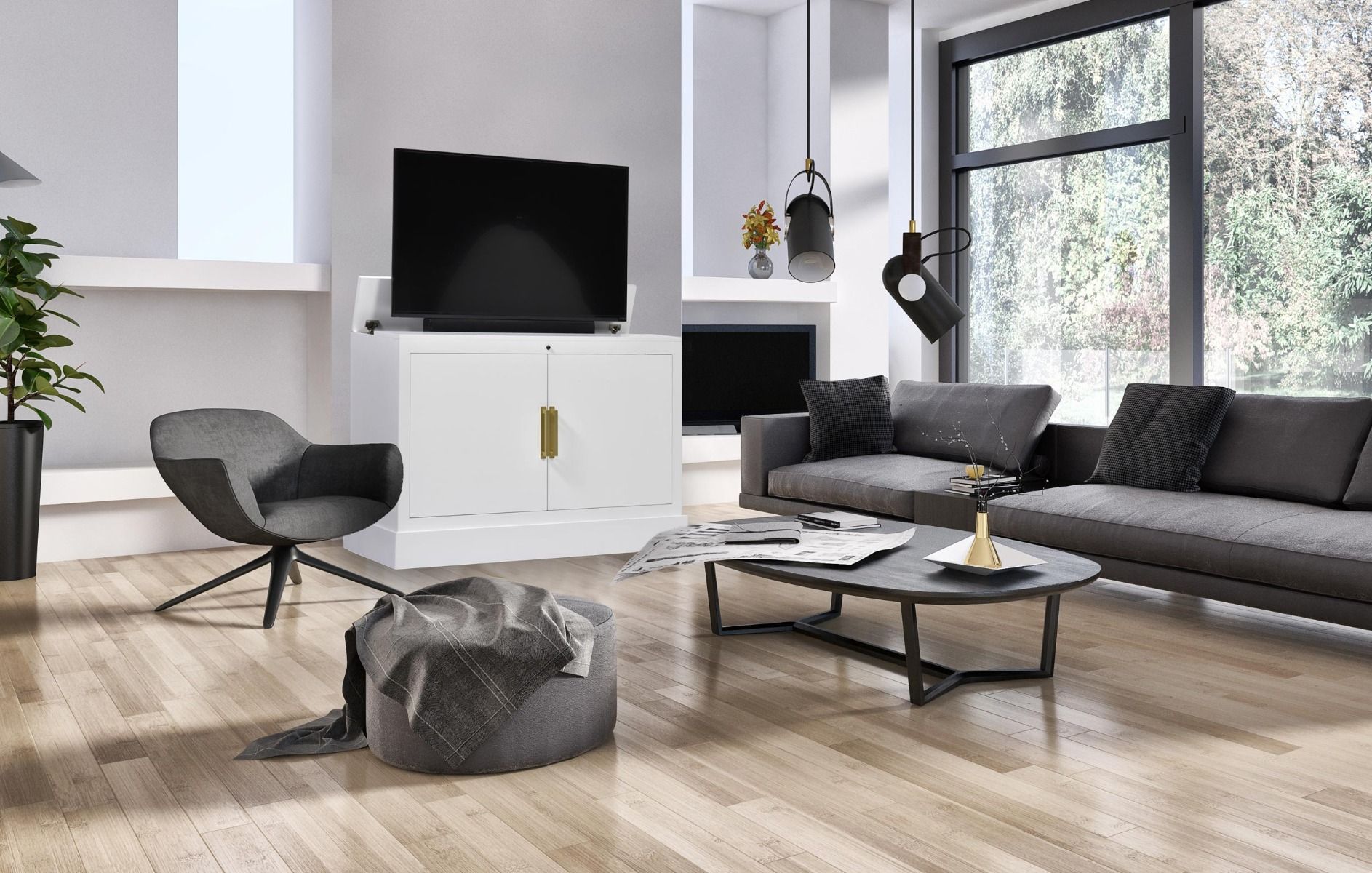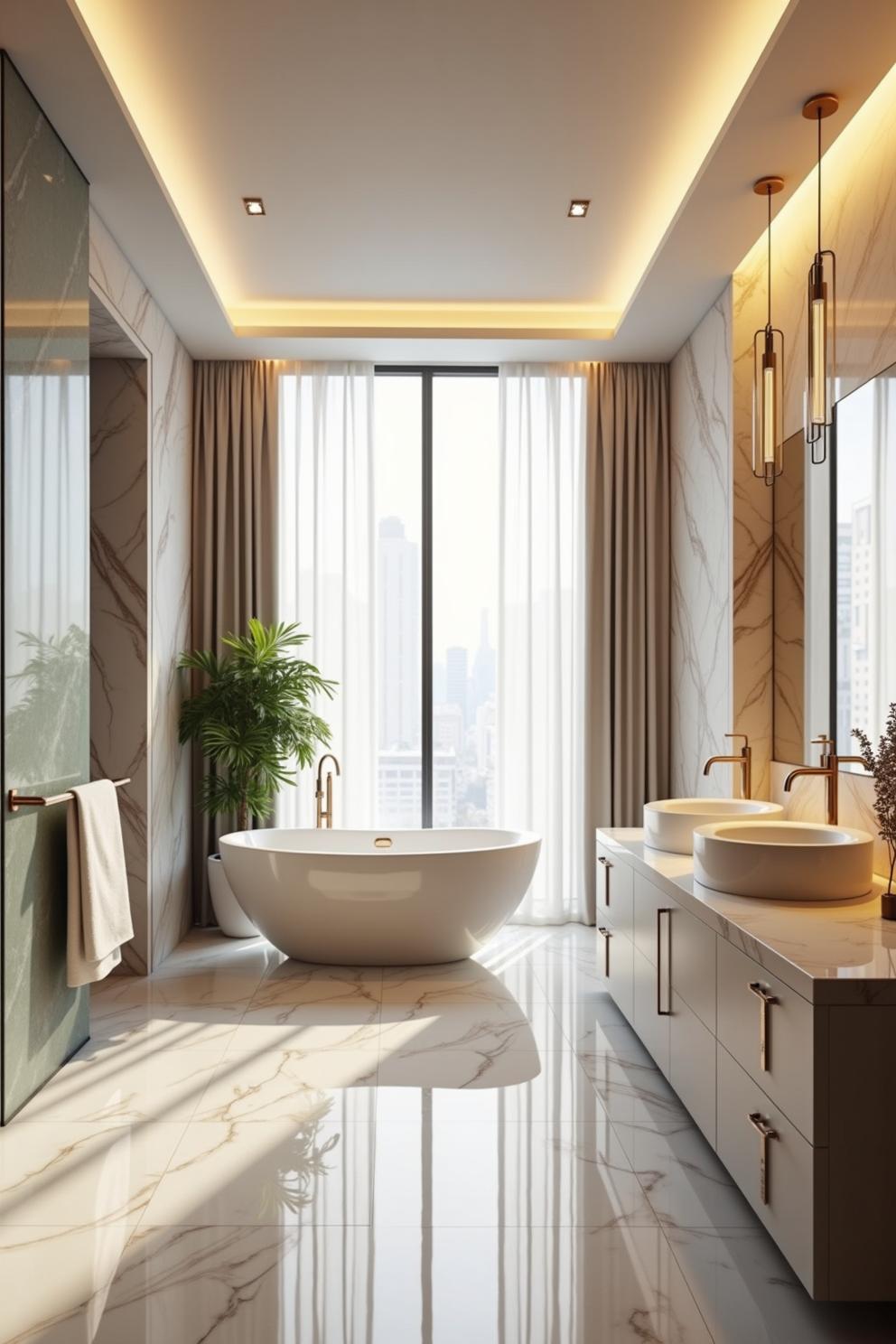Last updated on
Wall art is a potent tool for transforming any space, infusing it with personality and creating a cohesive aesthetic. Whether you’re aiming to breathe new life into a dull room or looking to make a bold statement, the right selection and placement of wall art can work wonders.
This comprehensive guide will empower you to confidently curate your walls, elevating your interiors to new heights.
Uncovering Your Personal Style
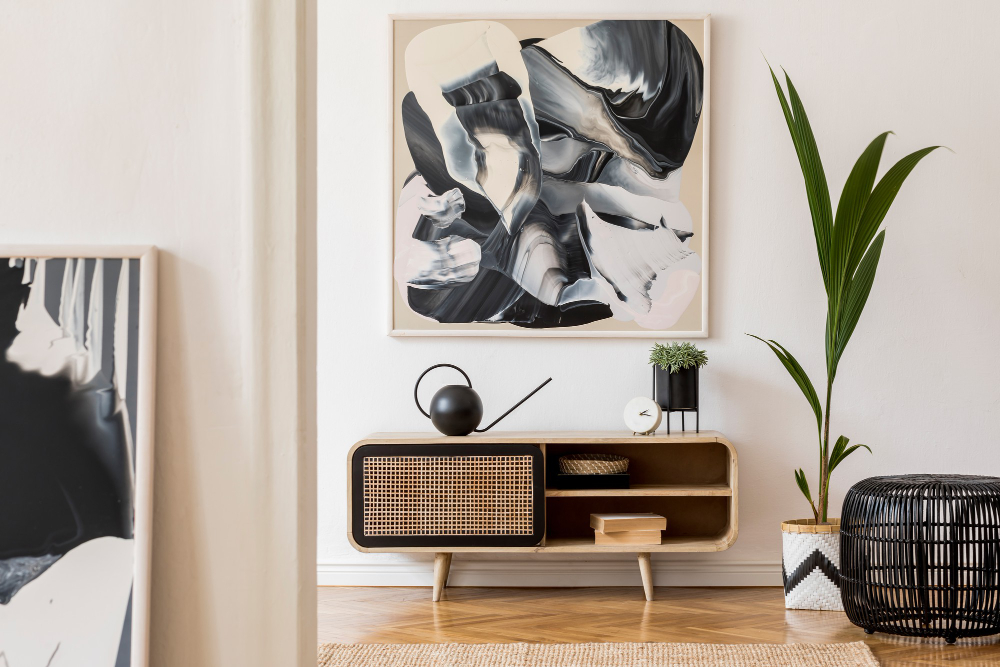
Before embarking on your wall art journey, it’s essential to understand your unique style preferences. Are you drawn to contemporary abstracts or do you have a penchant for classic landscapes?
Perhaps you find solace in minimalist line drawings or revel in the vibrancy of bold, geometric patterns. Identifying your aesthetic inclinations will streamline the selection process, ensuring your wall art resonates with your soul.
Mastering the Art of Curation
Curating wall art is an art form in itself. Start by considering the room’s purpose and the desired ambiance. For a living room, opt for pieces that evoke warmth and invite conversation, while in a home office, you might gravitate towards motivational or thought-provoking works. Additionally, factor in the existing color palette and textures to create a harmonious visual symphony.
Size and Scale: The Golden Ratio
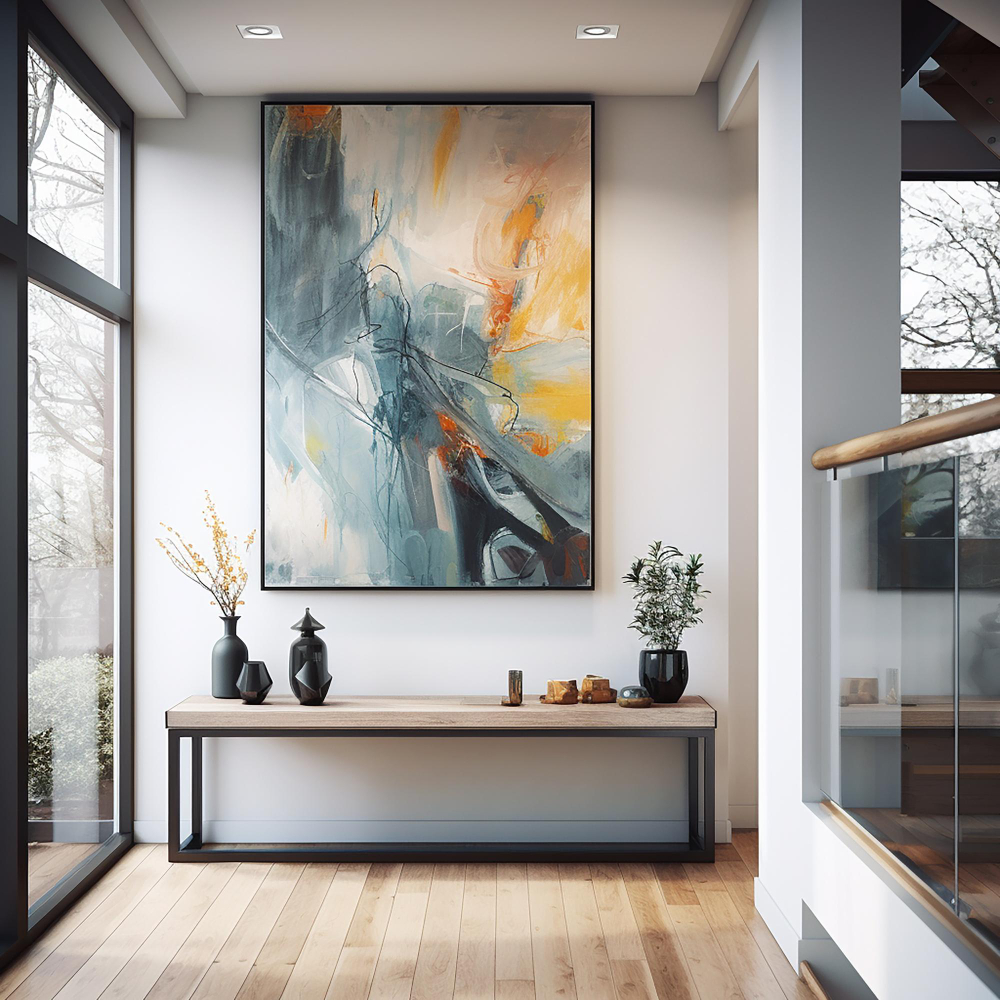
The size and scale of your wall art play a crucial role in creating a balanced and visually appealing space. As a general rule, larger pieces command more presence and are better suited for expansive walls or open-concept layouts. Conversely, smaller pieces can add depth and interest to compact spaces or gallery-style arrangements.
Lighting: The Unsung Hero
Proper lighting is the unsung hero in showcasing wall art to its full potential. Natural light can beautifully illuminate pieces, highlighting their textures and nuances. However, strategic artificial lighting, such as picture lights or recessed lighting, can also enhance the viewing experience, particularly for artwork displayed in dimly lit areas.
Grouping and Arrangement: A Visual Melody
Grouping multiple pieces of wall art can create a visually striking and cohesive display. When arranging your pieces, consider their sizes, colors, and themes. Opt for a balanced and intentional layout, whether you prefer a symmetrical grid or a more organic, asymmetrical composition.
Framing: The Finishing Touch
Framing is the final touch that can elevate your wall art to new heights. A well-chosen frame not only protects your artwork but also complements and enhances its overall aesthetic. Consider the room’s decor, the artwork’s style, and the desired level of formality when selecting frames.
Rotating Your Collection
To keep your interiors fresh and invigorating, consider rotating your wall art periodically. This not only allows you to appreciate your entire collection but also prevents visual fatigue. Swap pieces between rooms or rearrange them in new configurations to breathe new life into your spaces.
The Takeaway
Wall art is a transformative force, capable of infusing your interiors with depth, personality, and an undeniable sense of style. By following these expert tips and trusting your instincts, you can curate a wall art collection that not only reflects your unique aesthetic but also elevates your living spaces to new heights of sophistication and beauty.
Recap

